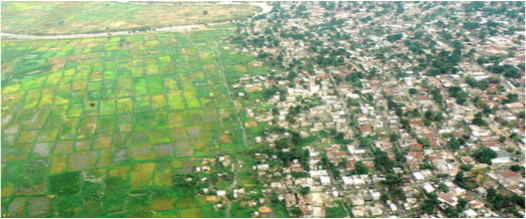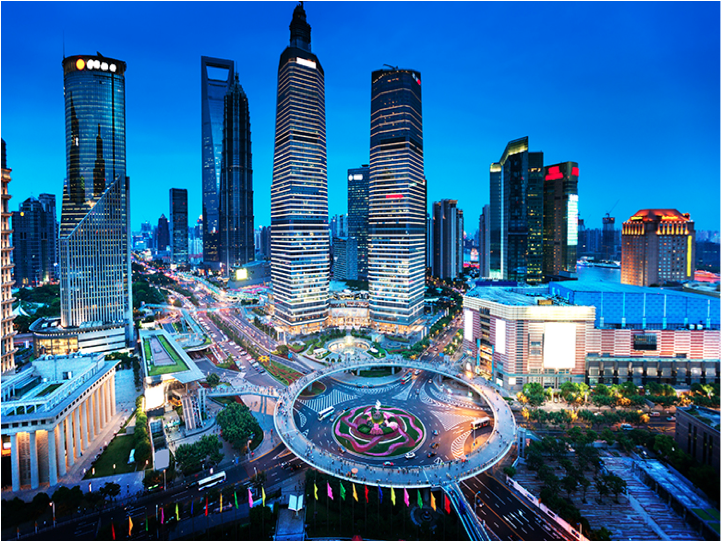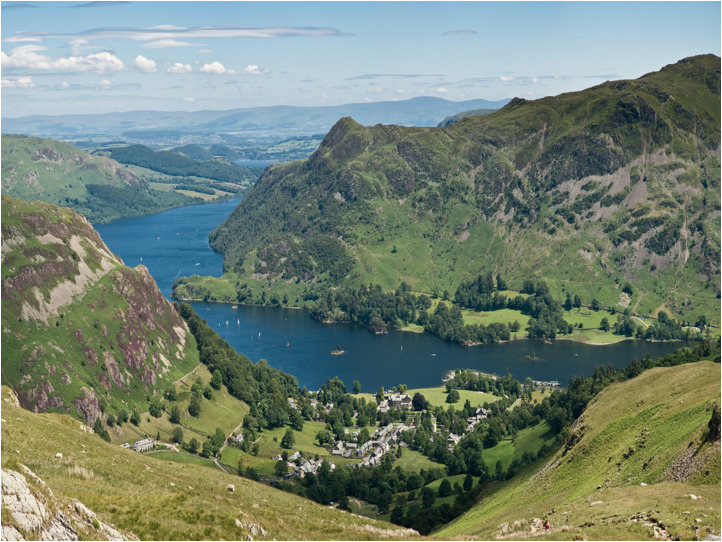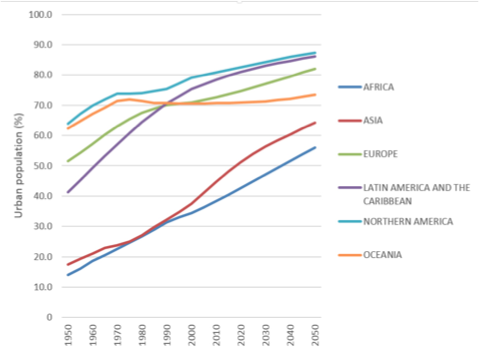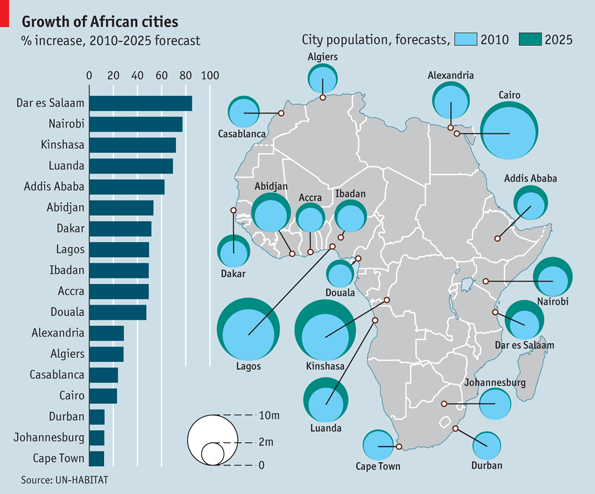Urbanisation
Urbanisation
Urbanisation – A process where an increasing proportion of the population lives in towns and cities resulting in their growth
As a country industrialises, the number of people living in urban areas tends to increase. The UK and many other MEDCs urbanised during the 18th and 19th centuries. People migrated from rural areas (due to the mechanisation in farming) to urban areas where there was employment in the new factories. The area of cities known as the inner city developed during this time as rows of terraced housing were built for workers.
On a global scale, urbanisation is taking place rapidly, particularly in LEDCs.
Urban and Rural
Rural – Countryside, where people live on farms and in small villages.
Urban – a built up area, such as a town or city.
The reasons for the growth of urban areas include:
- A lack of employment opportunities in the countryside.
- Overpopulation and poor crop yields are all push factors - why people leave the countryside.
- Better paid jobs in the cities, an expected higher standard of living, and more reliable food are all pull factors - why people are attracted to the city.
- People who migrate to towns and cities tend to be young and so have higher birth rates in that age range.
- Better medical conditions compared to the countryside mean more successful births and a better life expectancy.
Distribution
In 2007 the world passes a milestone!
For the first time, more people lived in urban areas than rural.
Future Trends
The United Nations (UN) predicts that by 2020 over 53% of the world’s population will be urban.
Asia – Urban population is expected to grow to about 64% by 2050
Africa – Urban population will grow to 58% by 2050
- Define urbanisation, what are the key trends around the world?
- Your answer should include: Urbanisation / Hyper-Urbanisation / Asia / Africa
